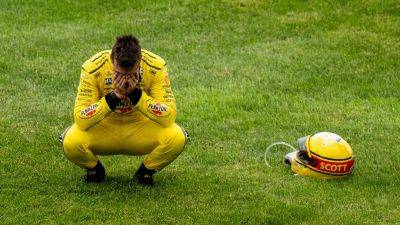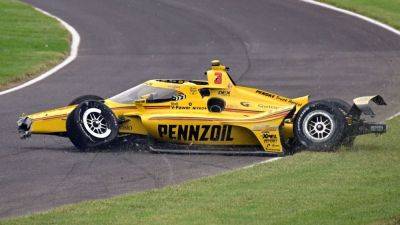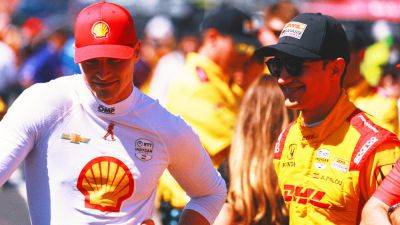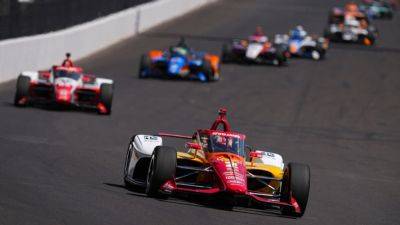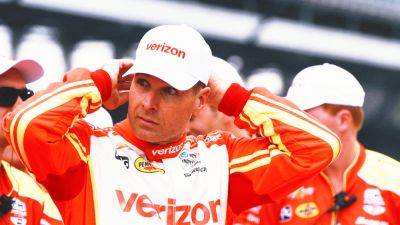Penske cheating scandal: IndyCar pre-500 black eye explained - ESPN
Motor racing's Super Bowl is here. It's race week at the Indianapolis 500, the world's largest single-day sporting event dating back to 1911, and everything leading up to this year's great American race has been unforgettable.
But there's plenty that Roger Penske, owner of the Indianapolis Motor Speedway and the IndyCar Series, would indeed like to forget. Penske also owns the Team Penske IndyCar team, which competes in the series he owns at the track he owns, and for the second time since April of 2024, his team has been caught cheating. Two of its three cars, including the one driven by back-to-back and defending Indy 500 winner Josef Newgarden, have been booted to the back of the field for the start of Sunday's big race.
Unlike Formula 1, IndyCar's regulations are incredibly strict, as evidenced by its use of a single car supplier for its series. Where McLaren, Red Bull, Ferrari and the rest design and build custom cars each season, IndyCar uses a spec formula in which every team must buy and use the same model made by the Italian constructor Dallara.
Under the tenets of spec racing, the vast majority of the Dallara DW12 is off limits for modification, improvement or beautification. The chassis that arrives from Italy and over 90% of the parts must be installed and left unadulterated for their lifespan in competition.
Penske's team was caught modifying the rear crash structures on two of its three cars, which isn't permitted. Penske applied filler to seams on the left and right sides of the attenuators, as they're called, and clear-coated over the sides to create perfectly smooth surfaces for the air traveling across them at 230 mph.
According to the rulebook written by Penske's staff at IndyCar, the modification done



